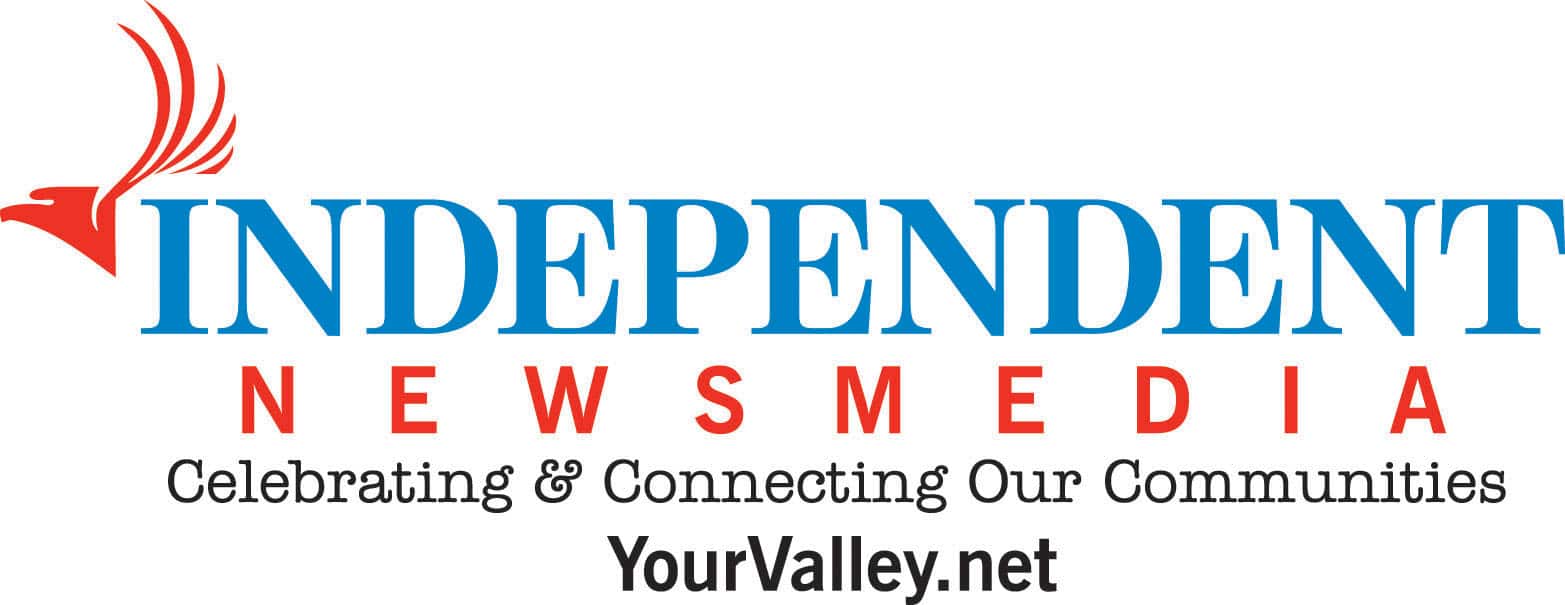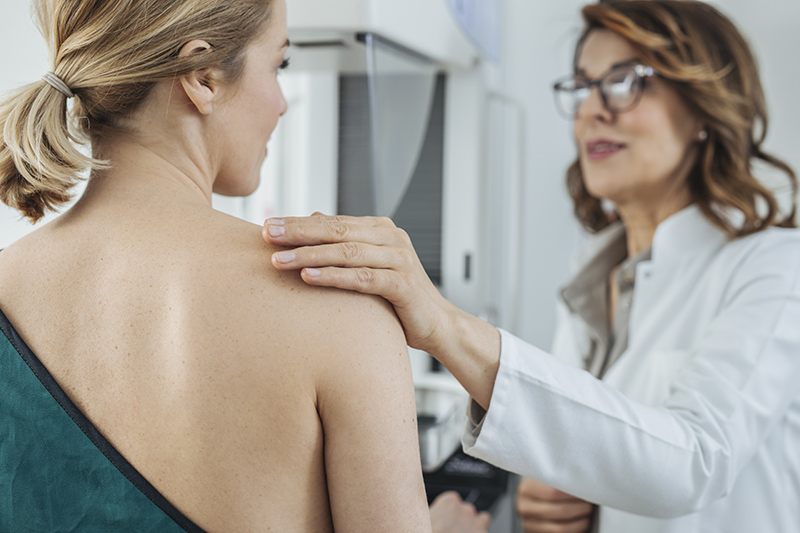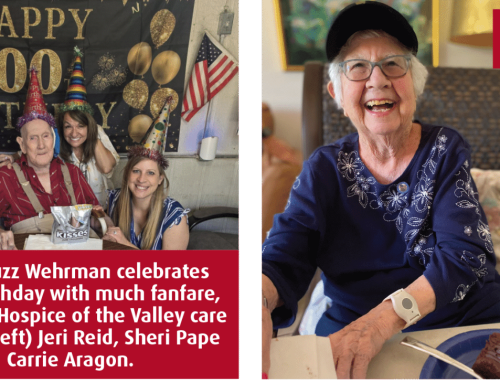By Pablo Prichard, M.D.
When you first think of breast cancer screenings, it’s likely you think of mammograms or self-check breast exams, which have been a mainstay of screening options for decades. However, what many people don’t realize is that mammograms have limitations, and there are a variety of new options for breast screenings that can effectively detect cancer and help identify it at its early stages. According to the American Cancer Society, when localized breast cancer is detected early, the 5-year relative survival rate is 99%. Should you consider a mammogram alternative? Here are three reasons to consider trying new breast cancer screening options this Breast Cancer Awareness Month:
You’re younger than 40 years old
Although most breast cancers develop in women 40 years and older, we are seeing more and more women in their 20’s and 30’s with breast cancer. The breast cancers found in younger women tend to be at a more advanced stage than found in an older population. One reason for this is that younger women are not being screened (other than self-breast checks and annual physician exams) while the over 40 population is being screened, potentially finding breast cancer at an earlier stage or size. Mammograms, although safe, do apply radiation to the breast in small doses. The earlier this starts in a patient’s lifetime, however, the larger the cumulative lifetime dose the patient gets. Since there are relatively few women at younger ages with breast cancer, it does not make sense to use radiation to screen when there are less harmful and more effective ways to screen. For example, Ultrasound technology, including Quantitative Transmission Ultrasound, and Ultrasound incorporating Artificial Intelligence, are new techniques that can screen young breasts without use of radiation or dyes.
You have dense breasts
Mammograms are most beneficial for individuals who have less dense breasts. In general, women under 40 years old have more dense breasts, which is another reason why mammograms are indicated as a screening tool in women over 40. In younger women, their breast tissue is more active due to the increased estrogen at this age. More active tissue causes the tissue to be ‘denser’ with glandular and connective tissue rather than fatty, as is the case generally as estrogen declines past 40 years old. However, about half of all women over 40 also have dense breast tissue. Other factors can affect this including body fat percentage, hormone replacement and genetic factors. The dense glandular and connective tissue can hide evidence of breast cancer, and possibly cause cancer to be diagnosed later than it would have been in a fattier breast. The ultrasound technology above may see tumors that were missed on mammograms.
You have a family history of breast cancer
If your family has a history of breast cancer, there are new advancements that allow you to test for cancer. Genetic testing, blood or saliva, is important in finding known genetic mutations that increase your risk for breast cancer. There are multiple genetic risk factors in addition to the BRCA genes. Also, we now have blood tests that detect minute levels of “tumor cell free DNA,” or DNA from a tumor that is found in the blood. In fact, the Galleri test can detect more than 50 cancer types, including breast, with a simple blood draw. These tools can help catch or determine your risk of breast cancer at its earliest stages.
Early detection is the key in fighting breast cancer effectively. It’s important to do your research and consult with your physician to create a screening regimen that is appropriate for your needs. By exploring your options outside of, or in addition to mammograms when age appropriate, you’re much more likely to find cancer at a stage where it hasn’t spread and can be easily removed. I encourage you to use this Breast Cancer Awareness Month as an opportunity to explore new screening options that may quite literally save lives.
Pablo Prichard, M.D., also known as Dr. Scottsdale, was the former Chief of Plastic Surgery at HonorHealth John C. Lincoln Hospital for 14 years, Medical Director for Plastic Surgery and is Senior Partner at Advanced Aesthetics Associates. Dr. Scottsdale serves more than 2,000 patients every year and specializes in both reconstructive and cosmetic procedures. For more information, visit drscottsdale.com and follow on Instagram and TikTok @docscottsdale.





